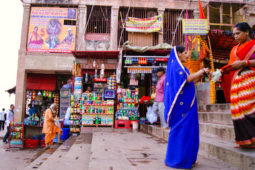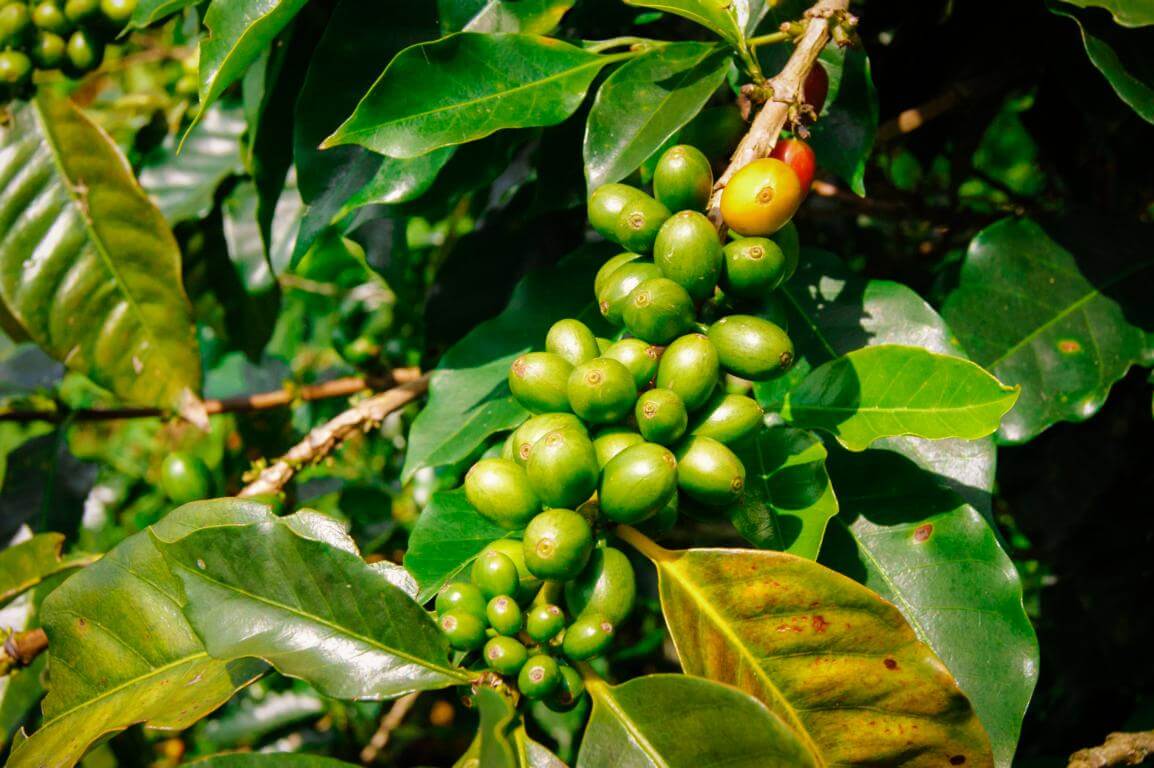
I couldn’t imagine my trip to Colombia without visiting a coffee farm. Being in this country and missing the opportunity to see how the coffee of one of the most important coffee regions in the world grows and is processed? No way! That’s why going to a coffee farm in Colombia was a must on my list during my visit to this country.
A Coffee Farm in Colombia that is not in the Colombian Coffee Growing Axis
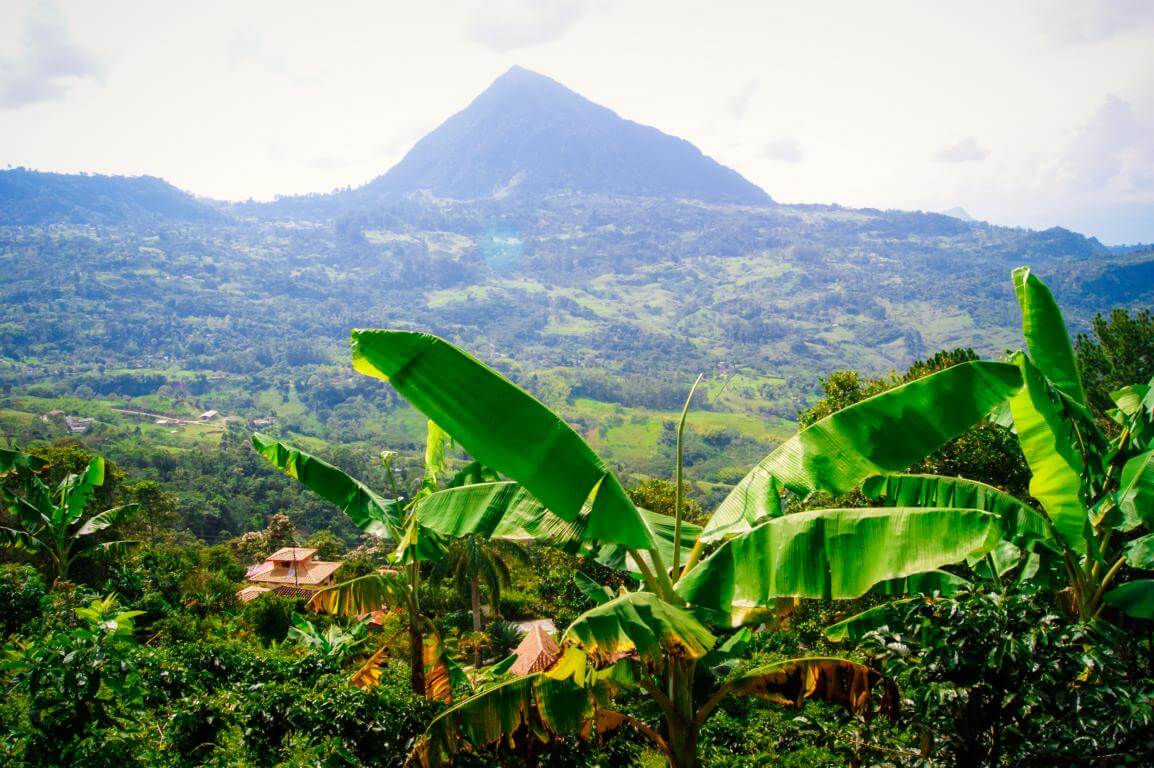
Most of the coffee is produced in various haciendas or coffee farms in Colombia, in the so-called “Coffee Growing Axis” and this axis includes the departments of Antioquia, Caldas, Cauca, Cundinamarca, Huila, Nariño, Norte de Santander, Quindío, Risaralda, Tolima and Valle del Cauca. This zone, due to its location and height, produces high-quality coffee in short harvest periods. This is the best-known coffee producing area. However, there are almost everywhere coffee farms in all Colombia.
I planned in my route through South America to spend time in Medellin and Bogota, so the Coffee Growing Axis was, unfortunately, a bit far from both cities. Luckily, around Medellin, there were some coffee farms where I could get to know a little more about coffee culture.
So I went to Fredonia, a municipality in Antioquia close to Amagá and Caldas; to a coffee farm to learn more about the process of planting, harvesting, drying and selling. First, we stopped in Amagá, a picturesque town where we had a typical breakfast: a tinto (as they call the black coffee in Colombia) and some buñuelos (some fried corn balls filled with cheese).
Here is where I got to see the traditional Coffee Jeeps that back then were used to transport the coffee and that now are cute small Jeeps that sell fresh coffee around the town.

The visit to the farm was quite an experience as we left Medellín very early to get to Fredonia after 2 hours on narrow and dirty roads between the mountains.
Upon arrival, we were welcomed by Don Jorge – from a family of coffee growers, who obviously welcomed us with a cup of coffee from his own farm. The place had multiple fruit trees and the coffee plantation in the mountains. Normally he rents the space for tourists who want to spend a few days immersed in the paisa and the coffee culture. The fact that Don Jorge opened his home to us and being able to visit his coffee farm was one of the best experiences that I had on that trip.
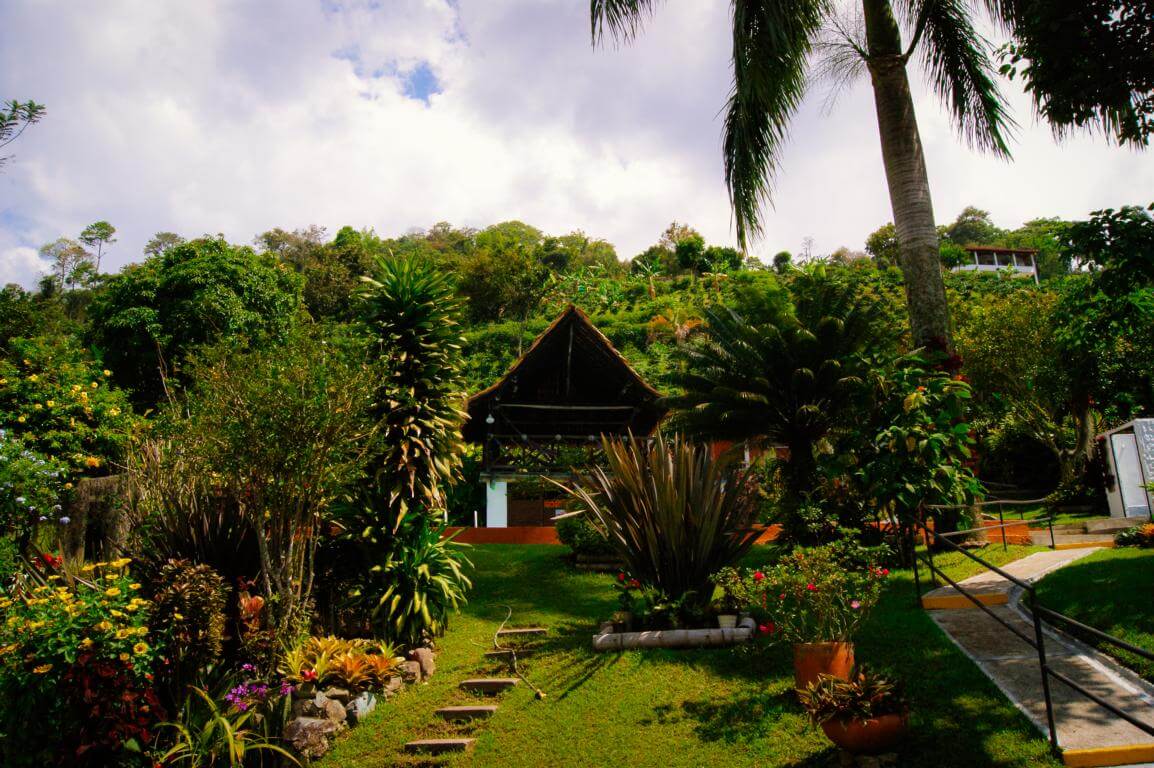
The coffee adventure began by learning about the planting process and their growth process.
Then, we walked uphill (well, we almost crawled because the slope was very steep) between the coffee trees and the view of the valley was spectacular. Don Jorge, at 70 years of age, climbed the mountain so fast and so easy that we were impressed by his good health condition.

Cultivation and growth of Arabica coffee
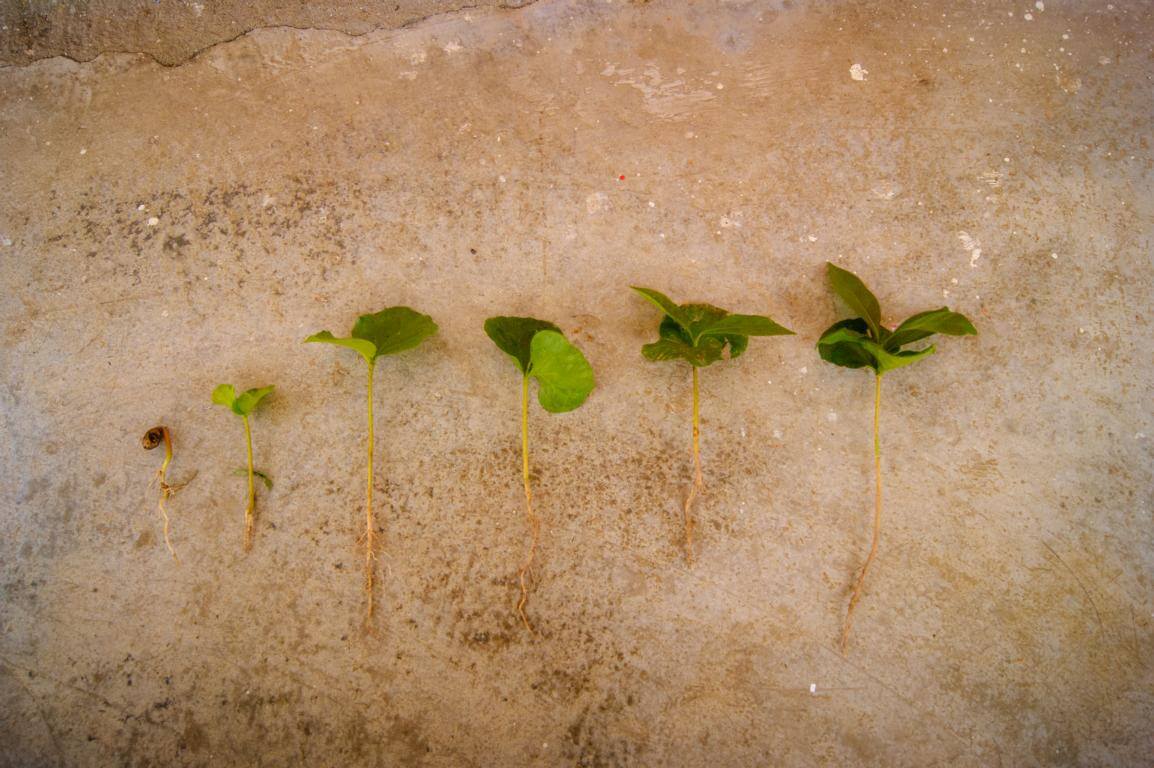
Don Jorge told us about the process of sowing and the growth of the coffee trees. Normally the seeds are first planted in a controlled environment until they germinate. This process takes approximately 2 months and is when the plant is small but already has stem and roots. Then, the plant is transferred to another space a bit larger and the seed grows 2 leaves. The plants will grow this way up to 6 months, months in which they will become stronger. After this period, the plant can be transferred to the field where they will have their first flowering. The flowering period depends on each zone but in Colombia, this is less than 1 year after planting them in the field. They are careful if any plant is deformed, weak or yellow, those will be discarded as they will not have enough strength to develop properly.
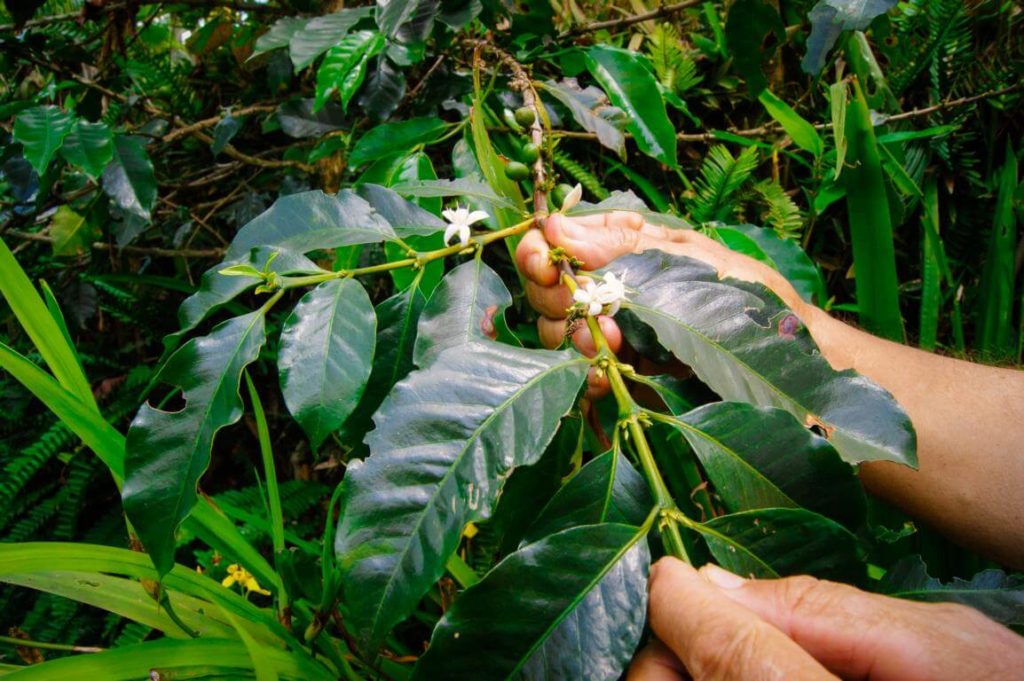
Ripening and Harvesting

After flowering, the ripening process of the cherries takes approximately 32 weeks and this is when the fruits change color from green to red, passing through yellow and orange. Once ripe, the fruit is harvested attracting hundreds of people who are responsible for hand-picking the ripe cherries, which will then be pulped and dried to extract the coffee beans. The harvest time is twice a year between April and June and between September and December depending on the area. They all gather to harvest the coffee in the hills and sing.
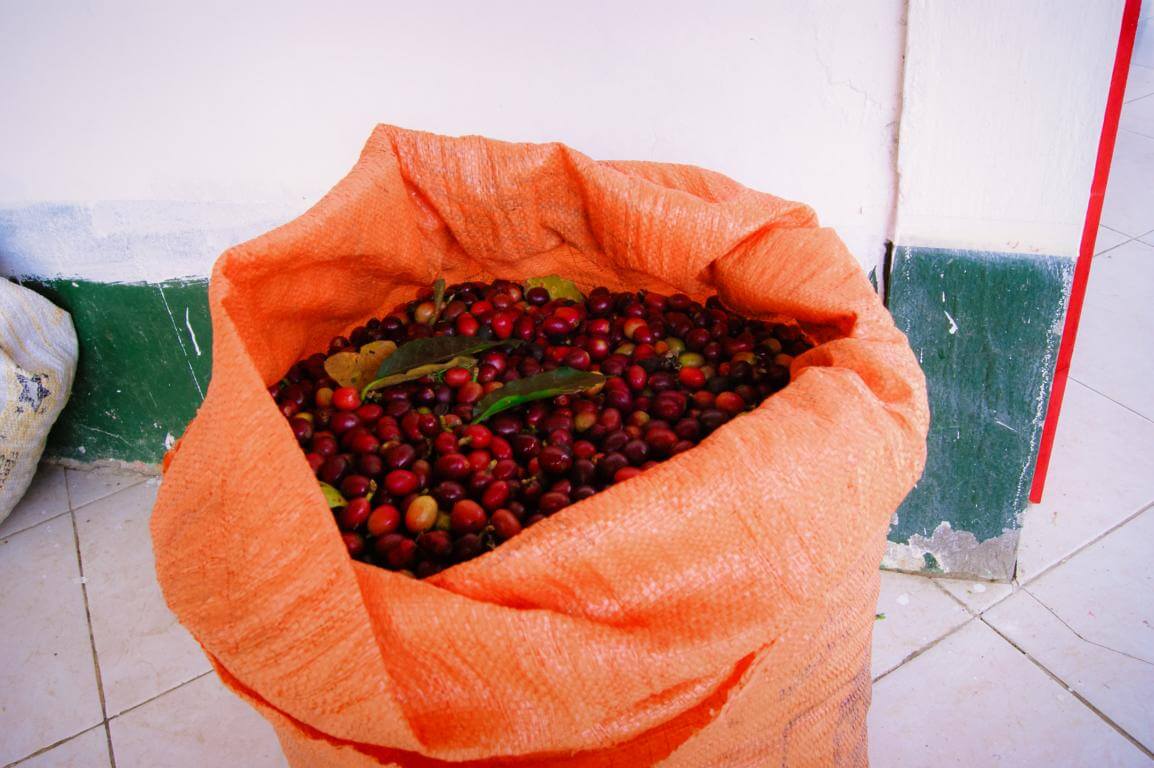
Processing and drying

This part of the process is the most interesting because it is here where the producer can experiment with the coffee beans. At this point is where you can “play” with different processes and develop different flavors in the coffee.
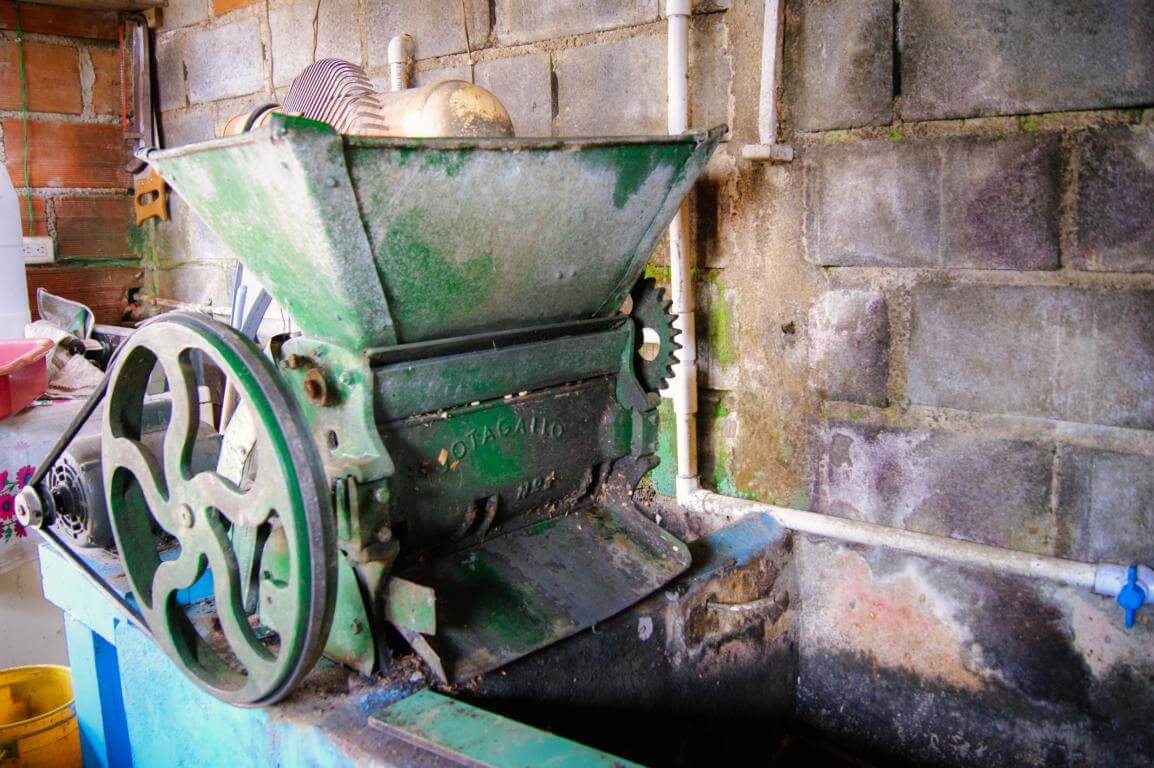
The “beneficio” is the process in which the coffee beans are separated (also called “despulpado“), washed (the mucilage is removed – a sticky layer that covers the coffee beans) and the drying process. This means that all the coffee cherries are placed in a large space with water to later remove both the husk and the mucilage and this is the washed process that we saw on the farm.
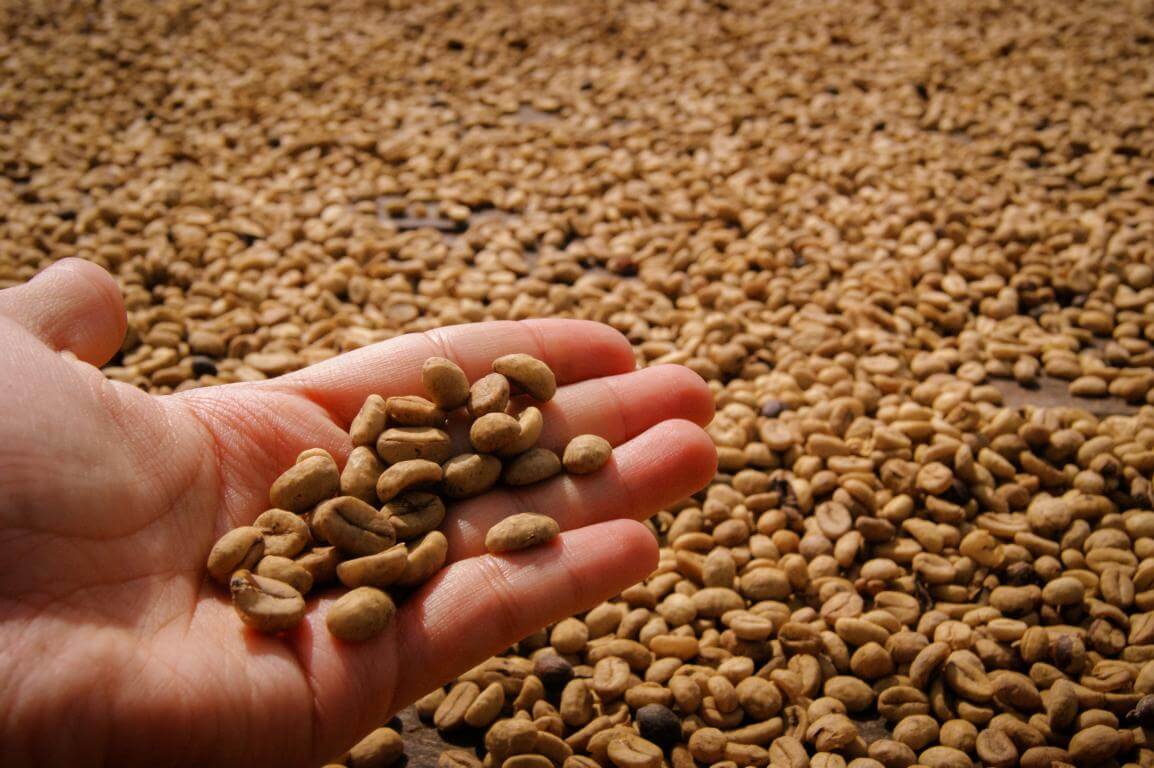
In this way, the grains will maintain their characteristics and flavors without being influenced by any type of sugars that could come from the mucilage and peel. Don Jorge experiments with his coffee. Sometimes it doesn’t work out and he has to discard the beans, or sometimes he produces a different coffee, with different notes…..you can see Don Jorge´s passion for coffee.
Once you have the beans, they are put to dry in the sun. They are constantly rotated so that their drying is complete. The people in the farm have to be very aware of the rain in order cover them immediately if it starts raining.

And that’s it! The coffee is ready for sale and then roasted. In this farm, the coffee is not roasted but sold to coffee roasters who also sell it to different parts of the country.
The process is long, it’s practically handmade and it made me aware of the work behind a cup of coffee. Now I value much more being able to drink coffee that comes from so many parts of the world and that involves so many hands. 🙂





 Hello! It's me! I am a dog lover Mexican girl living in Europe. This is my blog, where I share a little piece of me and my life. So if you are interested in traveling, food and responsible consumption...welcome!
Hello! It's me! I am a dog lover Mexican girl living in Europe. This is my blog, where I share a little piece of me and my life. So if you are interested in traveling, food and responsible consumption...welcome!